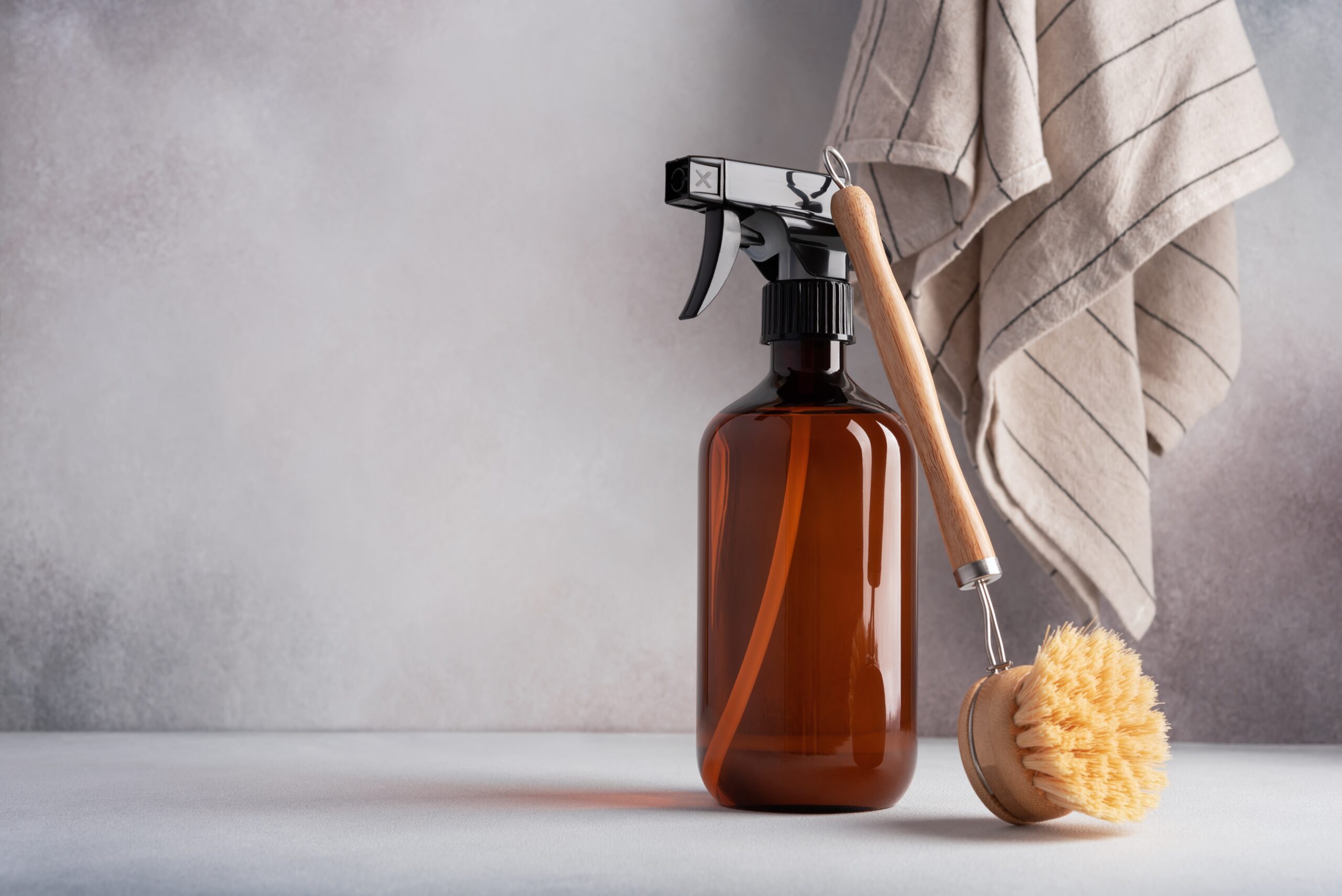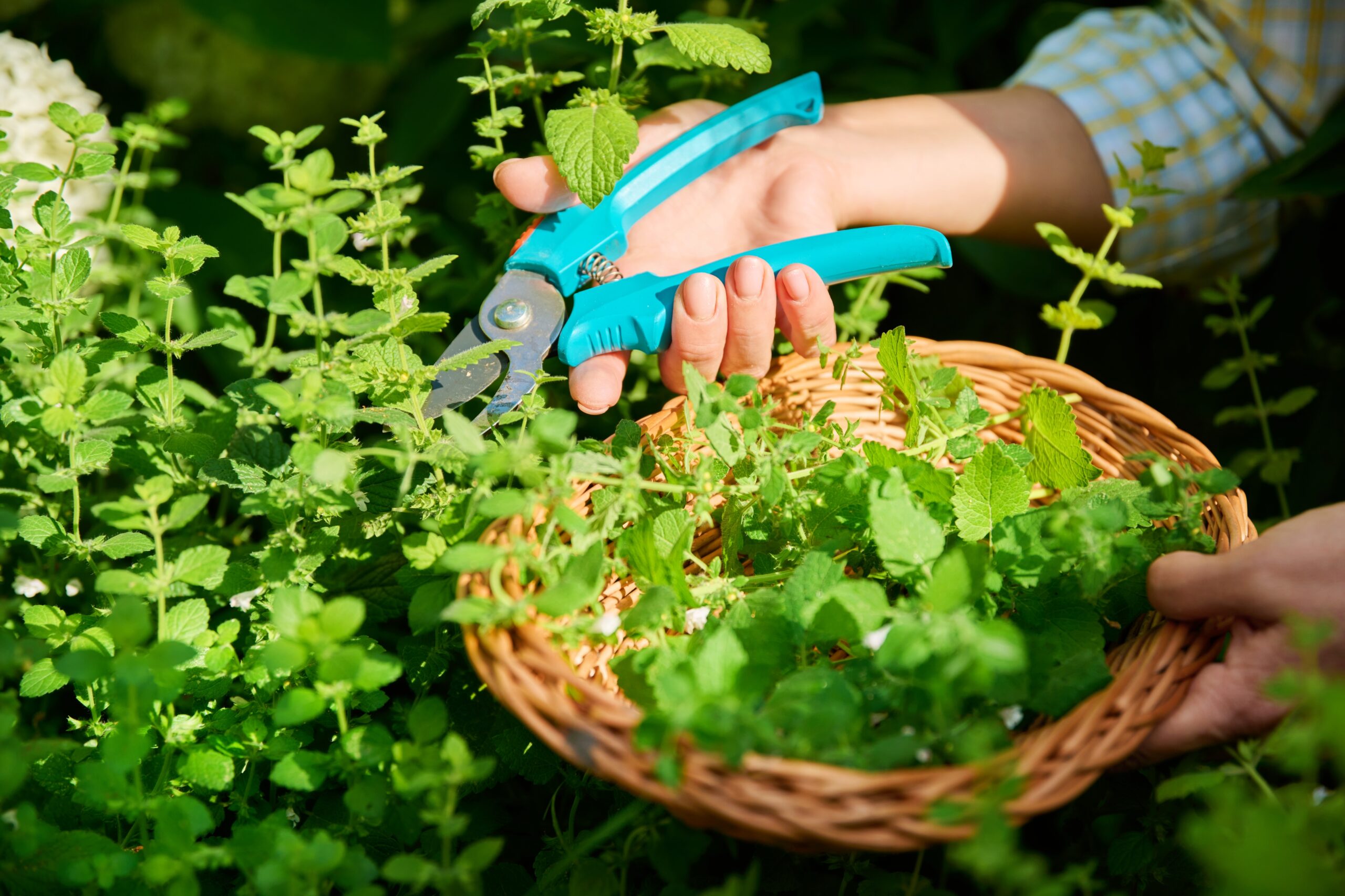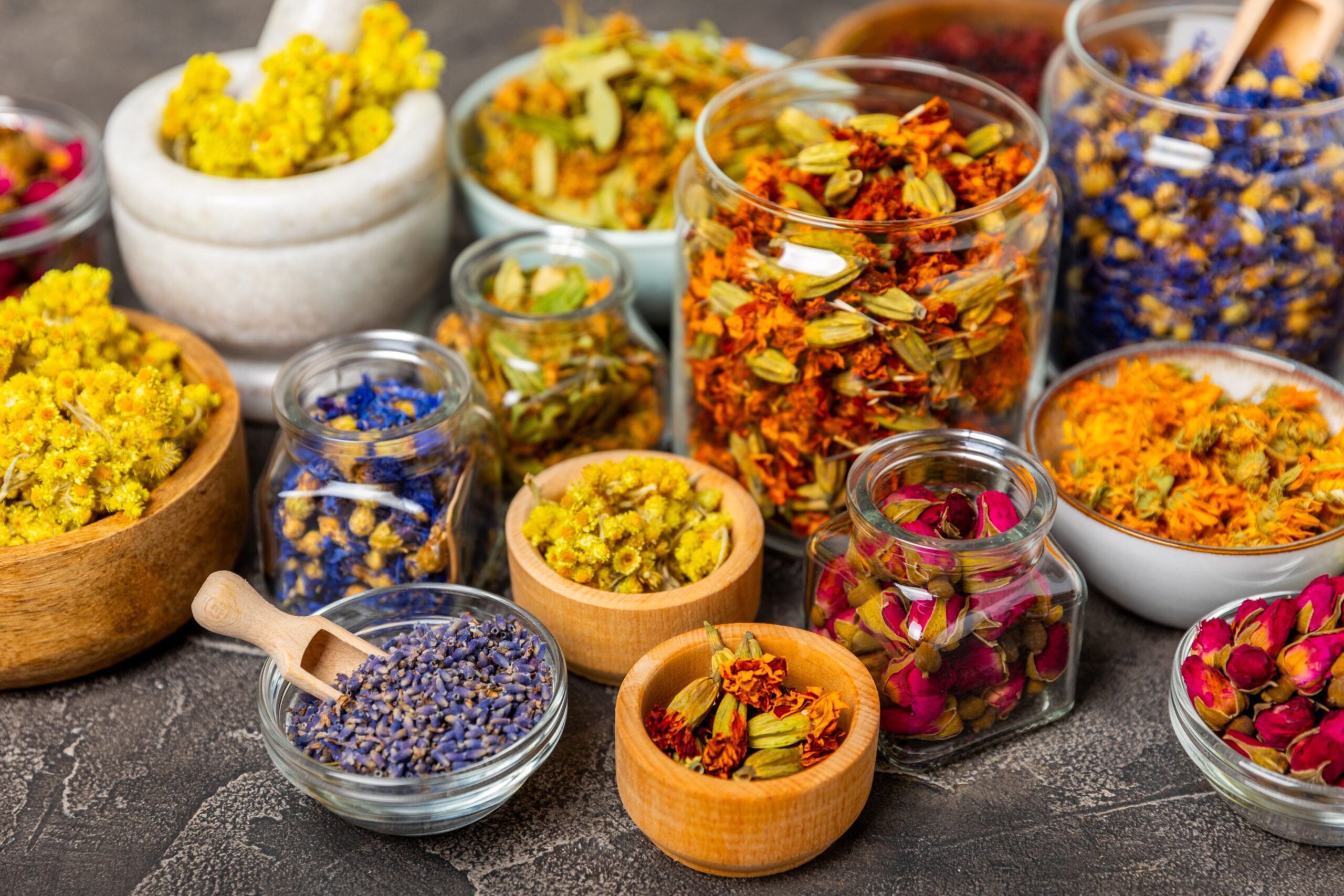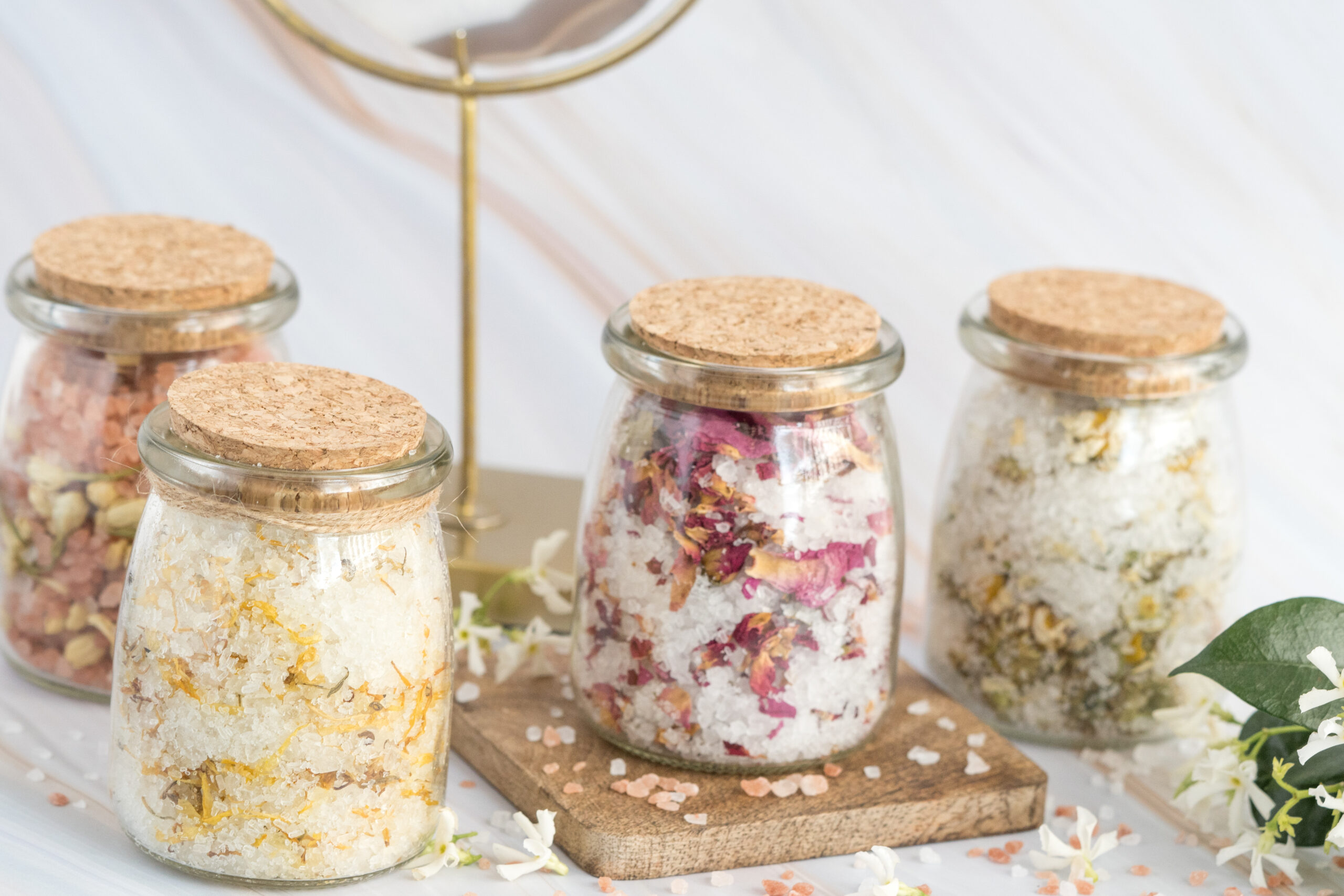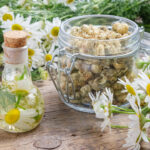Creating your own herbal apothecary is both a practical step toward self-reliance and a beautiful act of connection to nature. Whether you want to ease everyday ailments, blend calming teas, or support your immunity naturally, a home apothecary gives you the tools—and confidence—to take wellness into your own hands. In this guide, you’ll learn how to build your herbal collection from the ground up: what to stock, how to store it, and how to use your herbs safely and effectively.
Outline
- Introduction
- What Is a Home Herbal Apothecary?
- Benefits of Building Your Own Apothecary
- Starter Herbs for Everyday Wellness
- Essential Supplies and Tools
- How to Organise and Store Your Apothecary
- Making Your First Remedies
- Tips for Long-Term Success
- Final Thoughts
Introduction
Gone are the days when herbal medicine was confined to dusty bookshelves or passed down only by herbal grannies. Today, people of all ages are reclaiming herbal knowledge—and it starts at home.
Whether you live in a flat or a farmhouse, you can create your own herbal apothecary. It doesn’t need to be fancy or expensive. All it takes is curiosity, a few glass jars, and the will to learn by doing.
What Is a Home Herbal Apothecary?
An herbal apothecary is your personal collection of herbs and natural remedies, ready to be used for physical, emotional, and seasonal support. It may include:
- Dried herbs and flowers
- Tinctures and extracts
- Herbal teas and spice blends
- Salves, balms, and oils
- Syrups and oxymels
Think of it as your natural medicine cabinet, rooted in tradition and built with intention.
Benefits of Building Your Own Apothecary
- Empowerment: Learn to care for yourself and your family naturally
- Affordability: DIY remedies are often cheaper than store-bought versions
- Customisation: Tailor remedies to your unique needs and preferences
- Sustainability: Reduce waste and avoid synthetic chemicals
- Connection: Deepen your relationship with nature and seasonal rhythms
It’s a form of self-care that’s both practical and poetic.
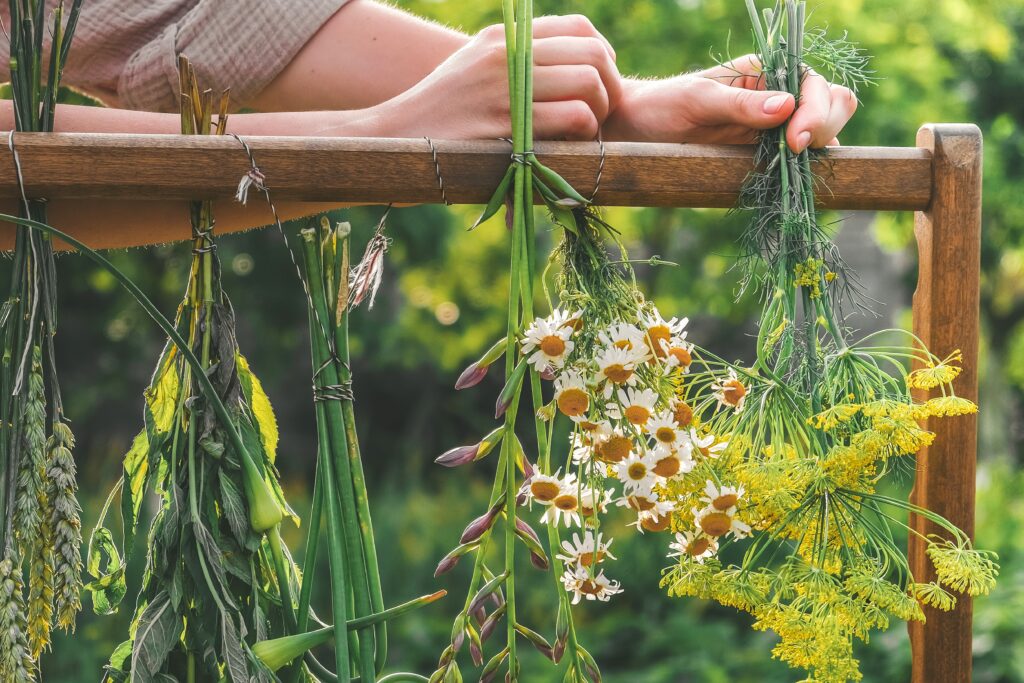
Starter Herbs for Everyday Wellness
Begin with versatile, beginner-friendly herbs that cover a wide range of uses:
| Herb | Use |
|---|---|
| Chamomile | Calming, sleep support, digestive aid |
| Peppermint | Headaches, nausea, congestion |
| Calendula | Skin healing, anti-inflammatory |
| Elderberry | Immune support, cold prevention |
| Lemon Balm | Uplifting, anxiety and virus support |
| Nettle | Mineral-rich, seasonal allergy support |
| Lavender | Relaxation, skin soother, antiseptic |
| Ginger | Warming, nausea, improves circulation |
| Rosemary | Focus, circulation, hair and scalp tonic |
As your confidence grows, you can expand into roots, mushrooms, and more exotic adaptogens.
Essential Supplies and Tools
You don’t need a full herbal lab—but these tools help:
For Storage:
- Glass mason jars or apothecary jars with airtight lids
- Small amber bottles with droppers (for tinctures)
- Tin containers or small jars (for salves and balms)
- Labels and permanent marker or waterproof pens
For Making Remedies:
- Fine mesh strainer or cheesecloth
- Double boiler or makeshift bain-marie
- Measuring cups and spoons
- Mortar and pestle (for grinding herbs)
- Small funnel
- Digital scale (optional, but helpful for tinctures)
Pro tip: Organise your apothecary with a combination of labelled jars, baskets, and trays—it keeps things both tidy and beautiful.
How to Organise and Store Your Apothecary
Keep It Cool, Dark, and Dry
- Sunlight and moisture can reduce potency—store herbs in pantries, cupboards, or wooden boxes
- Avoid keeping herbs near heat sources or in plastic
Label Everything Clearly
Include:
- Common name + Latin name
- Part used (e.g. leaf, root, flower)
- Date of purchase or harvest
- Source (e.g. foraged, garden-grown, organic supplier)
Categorise by Use or Season
Organise by:
- Immune support
- Digestion
- Sleep and stress
- Skin and first aid
- Women’s health
- Seasonal blends (e.g. allergy season, winter wellness)
This helps you find what you need, fast.
Making Your First Remedies
1. Herbal Tea Blend
Try a calming tea with:
- Chamomile
- Lemon balm
- Lavender
Use 1 tsp of each per cup of hot water. Steep 10 minutes.
2. Infused Oil
Use dried calendula flowers + olive oil. Let sit in a sunny window for 2–3 weeks. Strain and store. Great for skin healing.
3. Tincture
Fill a jar with dried lemon balm. Cover with vodka. Let steep 4–6 weeks. Shake every few days, then strain into a dropper bottle.
4. Salve
Combine infused oil with beeswax in a double boiler. Melt, stir, pour into tins. Done!
Tips for Long-Term Success
- Start small. Don’t feel like you need every herb on earth.
- Keep records. Use a simple notebook or spreadsheet to track recipes and outcomes.
- Use what you make. It sounds obvious, but you’ll learn more from using than just storing.
- Trust your senses. Smell, colour, and texture tell you a lot about herbal quality.
- Refresh yearly. Herbs lose potency—replace old stock every 12–18 months.
Bonus idea: Host a herb swap with friends or your local community to exchange ingredients and ideas.
Final Thoughts
Creating your own home herbal apothecary is like planting seeds for lifelong self-care. With each remedy you make, each herb you label, and each cup of tea you brew, you’re stepping into a long and beautiful tradition of herbal wisdom.
You don’t have to be an expert to get started. Just begin. Your herbal journey awaits—one jar at a time.
You are the healer you’ve been waiting for.


